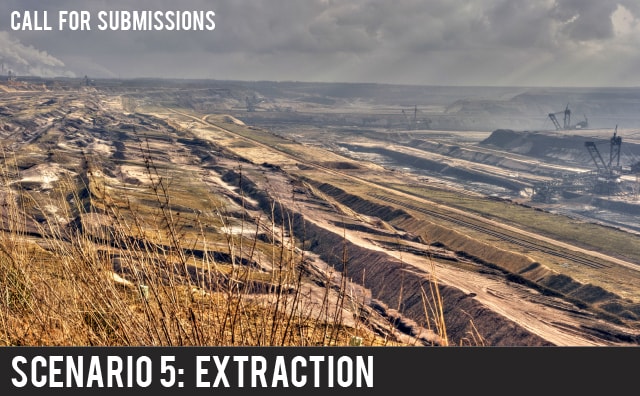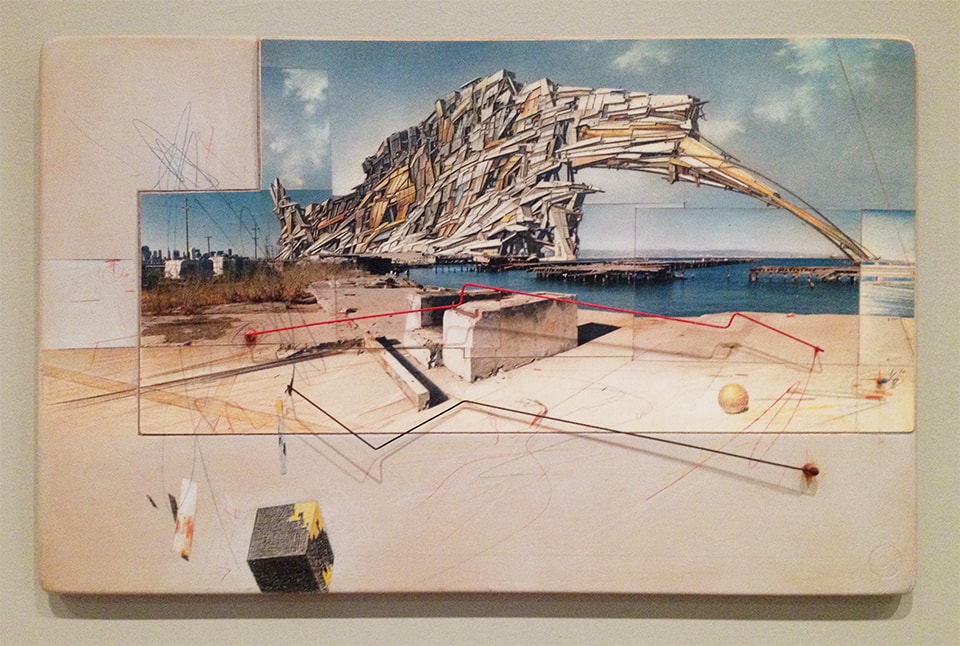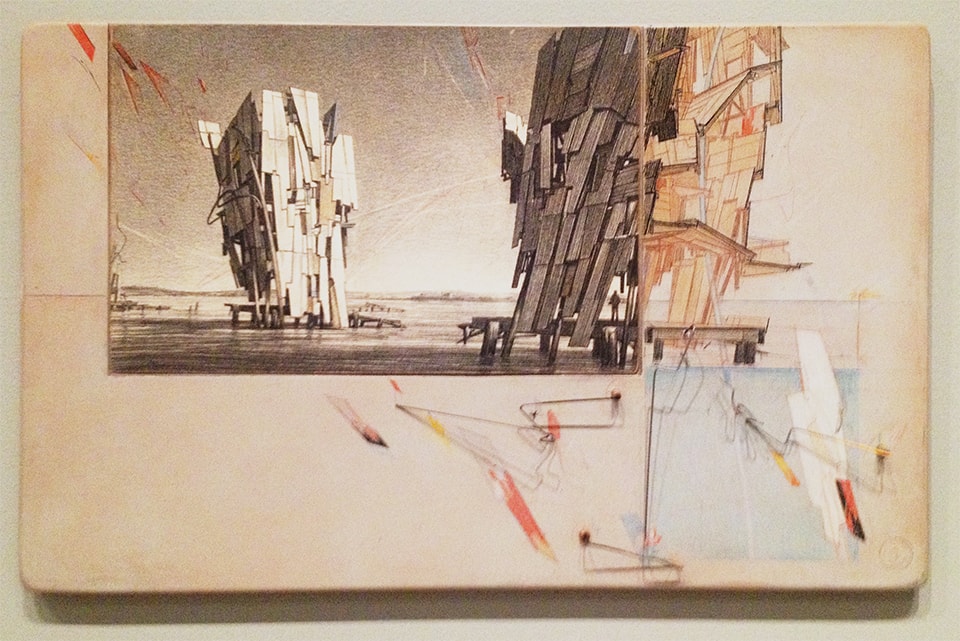Welcome back to Scenario Journal. If you’re a regular reader, you may have noticed us laying low for the last couple of months, as we’ve been focusing on teaching, recovering from our latest issue, Scenario 4: Building the Urban Forest, and taking a bit of time to recuperate and refocus on our primary mission — curating and developing original content that brings together a trans-disciplinary conversation at the intersection of design, science and technology. Back with fresh energy, we are happy to launch our latest call for submissions, looking at the landscapes of extraction that sustain urbanization. The call for Scenario 5: Extraction is now open; we hope to see many of you submit critical essays, provocations, original photography, and design projects on this fascinating and urgent topic.

Deadline for Submissions: January 31st, 2015
Extraction sustains our society. We rely on energy to power the technology in our lives, but are disconnected from the landscapes that must be exploited in order to yield that energy. We dig and blast materials to build and repair the physical infrastructure of our cities, but rarely think about the places from which they come. As the world population becomes more urban and more spatially removed from the landscapes that supply its raw materials and energy needs, as supply chains elongate and become more globalized, our reliance on remotely extracted natural resources only continues to increase, while our relationship to the landscapes of extraction recedes ever-further from daily view.
The logistical and infrastructural connections of the city to its hinterland effectively expand the urban territory— connecting sites of extraction, transmission and consumption. How do these landscapes fit into the larger urban social, economic, and ecological systems? What meaningful connections can contemporary cities make to their extraction landscapes? How can designers, mangers, and researchers operating on these sites engage public narratives, make visible natural resource flows, and energize cultural production? How might these sites engender new ecological opportunities, experiment with new techno-landscapes, and jump-start new possibilities for settlement? How do landscapes of extraction bridge the spatial disconnect between city and hinterland?
Scenario 5: Extraction welcomes the submission of critical essays, provocations, and design projects that explore the role, reality, and potential offered by landscapes of extraction.
Submission Requirements:
- Design projects and photo essays should have a clear and focused text no longer than 1000 words, accompanied by 6-10 images.
- Article-based submissions should range in length from 1000 to 4000 words.
- We prefer to receive submissions as Microsoft Word documents with images embedded with the text. All sources and citations should be clearly indicated and included as footnotes or endnotes according to the Chicago Manual of Style.
- Please alert us if work has been previously published or if it has been submitted simultaneously to another publication.
- Send submissions to mail@scenariojournal.com, with ‘ISSUE 5 Submission′ in the subject line. Submissions will be reviewed on a rolling basis.
- DEADLINE: Submissions are due January 31st, 2015.

